Knowns
- # of HTTP Requests
- # of Bytes
- Images, Animations, Interactions
- Squishiness
- Responsiveness
Unknowns
- Network (latency, bandwidth)
- Hardware (processing power)
- Browser (blocking, features)
Web View
Open Web Evangelist
Instart Logic
Twitter:
@webdevtips
@estellevw
@standardista
Blog:
www.standardista.com
Github:
github.com/estelle






| Phone | Cost | RAM | ROM | CPU |
|---|---|---|---|---|
| Samsung GALAXY S7 | $670 | 4 GB | 32 - 64 GB | 1.6 GHz |
| Apple iPhone 6s | $600 | 1 GB | 32 - 128 GB | 1.8 GHz |
| LG G5 | $550 | 4 GB | 32 GB | 2.5 GHz |
| Huawei Nexus 6P | $550 | 3 GB | 32 - 128 GB | 2.0 GHz |
| Samsung Galaxy Note 5 | $700 | 4 GB | 32 - 64 GB | 2.1 GHz |
| Sony Xperia | $600 | 2 GB | 16 GB | 1.5 - 2.0 GHz |
| Samsung Galaxy S6 | $785 | 3 GB | 32 - 128 GB | 2.1 GHz |
| LG Nexus 5X | $580 | 2 GB | 32 GB | 1.8 GHz |
| Moto X Pure Edition | $299 | 3 GB | 16 - 64 GB | 1.8 - 2.5 GHz |
| Xiaomi Redmi Note 3 | $180 | 2 - 3 GB | 16 - 32 GB | 2X1.8 GHz |
| Phone | Cost | RAM | ROM | CPU |
|---|---|---|---|---|
| Nokia Asha 200 | $27 | 32 MB | 10 - 64 MB | FF |
| Nokia Asha 210 | $27 | 32 MB | 64 MB | FF |
| Nokia X2-01 | $9 | 64 MB | 55 MB | FF |
| Nokia C3-00 | $45 | 64 MB | 55 MB | FF |
| TECNO P5 | $42 | 512 MB | 4 GB | 1.0 GHz |
| Nokia Asha 205 | $27 | 64 MB | FF | |
| Nokia Asha 201 | 10 - 32 MB | 64 MB | FF | |
| TECNO M3 | $41 | 512 MB | 4 GB | 1.0 GHz |
| Infinix Hot Note X551 | $142 | 1 GB | 16 GB | 1.4 GHz |
| Infinix Hot 2 X510 | $112 | 1 - 2 GB | 16 GB | 1.3 GHz |
FF = Feature Phone
Java with WAP 2.0/xHTML.
Opera/UC Browser
| Running Services | ||
| Other | 73MB Avail: 255MB + 182MB in 21 | |
| Calendar | 8.4MB | |
| Process:com.htc.bgp | ||
| ObexService | 31:52:14 | |
| Started by application: Touch to stop | ||
| AT&T Navigator | 8.4MB | |
| Process: com.telnav.app.android.congular | ||
| ResoucePreLoader | Restarting | |
| Started by application: Touch to stop | ||
| AT&T Spots | 2.4MB | |
| Process: com.matchboxmobile.wasp | ||
| WispService | 31:52:14 | |
| Started by application: Touch to stop | ||
| Media | 4.1MB | |
| Process: android.process.media | ||
| DownloadService | 31:52:14 | |
| Started by application: Touch to stop | ||
| PVWmdrmService | 2.2MB | |
| Process: com.pv.wmdrmservice | ||
| PVWmdrmService | 31:52:14 | |
| Started by application: Touch to stop | ||
Via OpenSignal
Via OpenSignal
49mm x 57mm to 163mm x 302mm
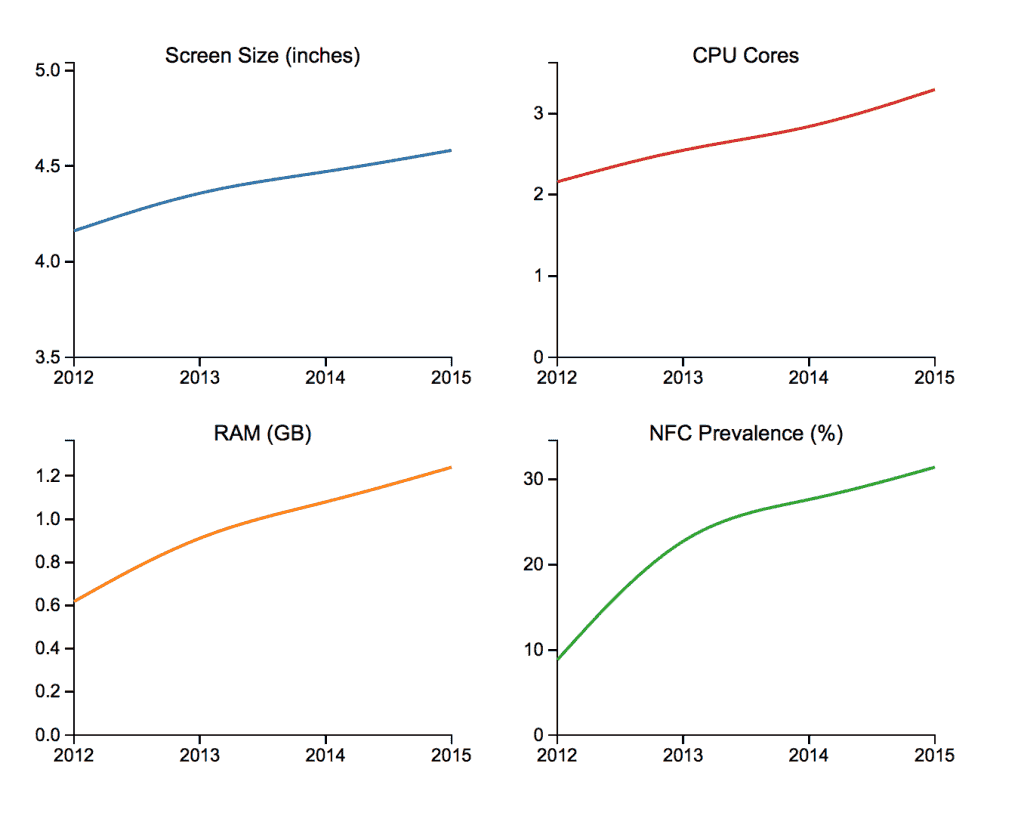
Via OpenSignal
Just because no one uses your mobile site, doesn't mean you don't need to improve it. Maybe no one uses it because the experience is awful.
— Dawn Parzych (@dparzych) March 18, 2016
I remember when 3G was primary mobile speed. It was slow but still worked, so why now when my phone says 3G it becomes completely useless.
— Stephen Gundee (@StephenGundee) March 23, 2016
Youtube Feathers:
Regular: 58 requests/1200 kB
Feathers: 14 requests/100 kB
While we control how we build the site, we don't have control over ...
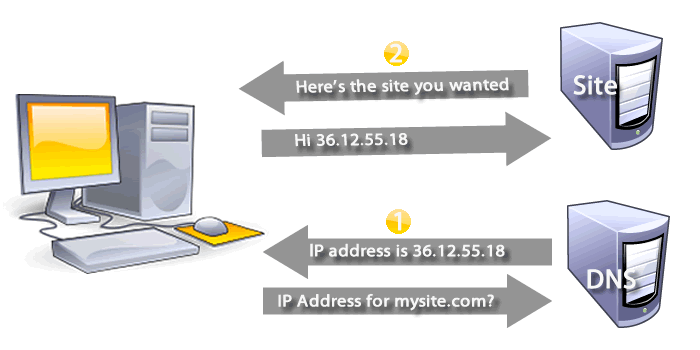
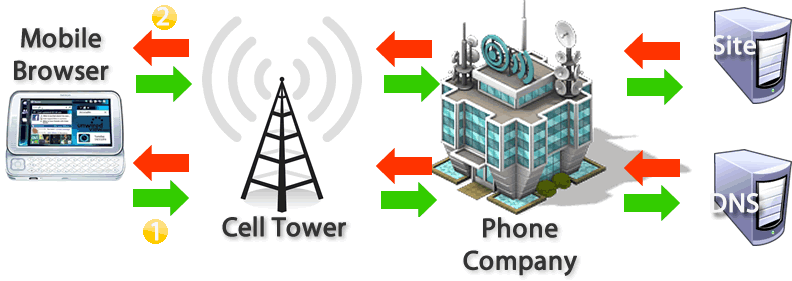
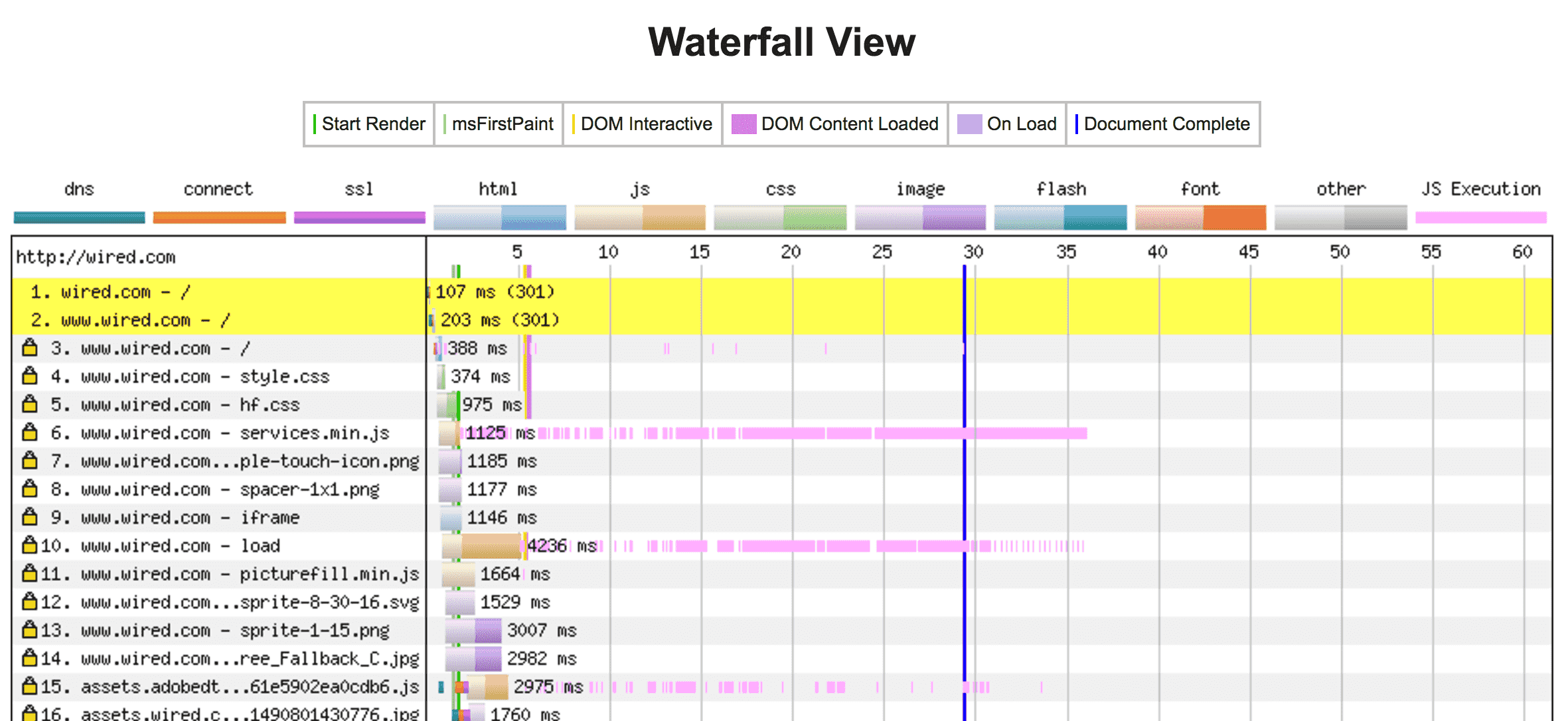
TTFB = Latency + Server Time
Limit # of handshakes & bandwidth req
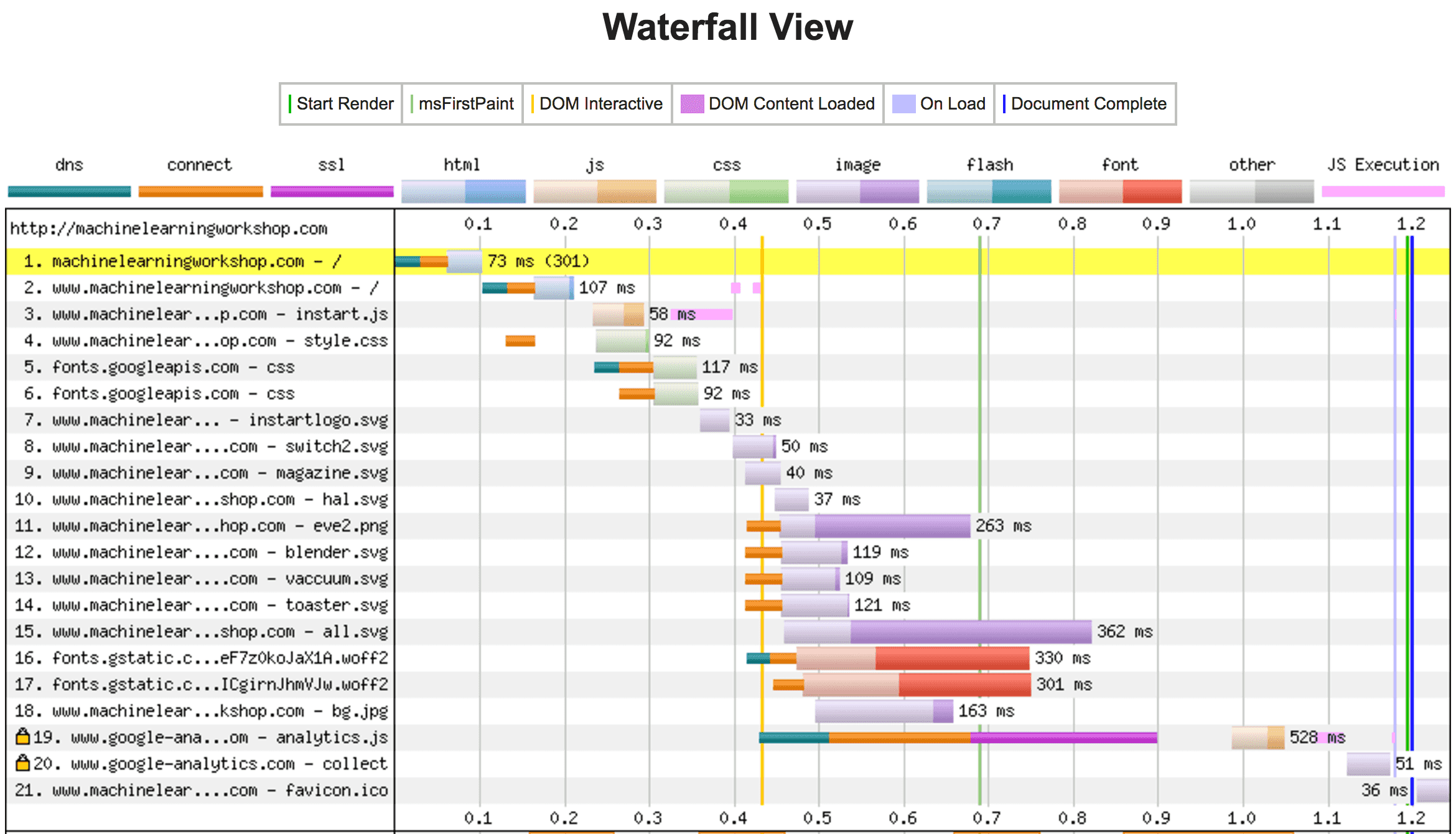
TTFB = Latency + Server Time
Limit # of handshakes & bandwidth req
Four phases of interaction: end-user’s perception
Video: How Users Perceive the Speed of The Web (2015): Paul Irish / Google
https://developers.google.com/web/tools/lighthouse/
Last-Modified or ETag header to enable cache validation. ETags provide revalidation tokens automatically sent by client to check if there are file changes since last requested. async attribute in your <script> tags so client can continue downloading assets instead of waiting as scripts are downloaded, parsed and excecuted.Content-Type: text/html; charset=UTF-8 reduces browser processing. Can start parsing HTML immediately when it knows which character set it has.width=device-width, initial-scale=1.
<meta name=viewport content="width=device-width, initial-scale=1">
vh, vw and percents for width.
Note: Include an alt attribute on all foreground images, with empty alt attribute for decorative images.
<meta name="viewport" content="width=device-width, ...">
| width | width of device's virtual viewport. |
| device-width | width of the device's screen. |
| height | height of device's virtual viewport |
| device-height | height of the device's screen. |
| initial-scale | Initial zoom on page visit. default 1.0. |
| minimum-scale | If user scalable, as small as it can zoom on the page. |
| maximum-scale | If user scalable, maximum amount visitor can zoom on the page. |
| user-scalable | Can the web zoom in and out. Values are yes or no. |
<meta name="viewport" content="initial-scale=1.0, maximum-scale=1.0, minimum-scale=1.0, user-scalable=no, width=device-width">

Minify and GZip SVG and font files. In that order. See tips for optimising SVG delivery.
Metadata adds bytes and can be a security risk by exposing geographical data. You can Strip EXIF metadata from multiple images at a time.
Serve the smallest image file for the screen size and resolution.
240 x 240 = 57,600
200 x 200 = 40,000
17,600

440 x 440 = 193,600
400 x 400 = 160,000
33,600
640 x 640 = 409,600
600 x 600 = 360,000
49,000
840 x 840 = 705,600
800 x 800 = 640,000
65,600
Scaled: 1,850 milliseconds

Right-sized: 625 milliseconds
 blue = CPU used to decode
blue = CPU used to decode<picture>, <source> & srcset<picture>
<source srcset="large.jpg"
media="(min-width: 1000px)">
<source srcset="small.jpg"
media="(min-width: 500px)">
<img src="default.jpg"
srcset="highresolution.jpg 2x"
alt="do not forget the alt">
</picture>
Image types include SVG, GIF, JPEG, PNG, and WebP.
|
Browser |
Optimal image format |
|---|---|
|
Chrome |
WebP |
|
IE 9+ / Edge |
JPEG-XR |
|
Opera |
WebP |
|
Safari |
JPEG-2000 |
You don't have to change the file extension.
<video .... id="hero-video">
Do you really need a hero image? On a mobile device?
@media screen and (max-width: 650px) {
#hero-video {
display: none;
}
}
Order from smallest to largest*
<video width="400" height="300" controls="controls"> <!-- WebM: 10 MB --> <source src="video.webm" type="video/webm" /> <!-- MPEG-4/H.264: 12 MB --> <source src="video.mp4" type="video/mp4" /> <!-- Ogg/Theora: 13 MB --> <source src="video.ogv" type="video/ogv" /> </video>* check for quality consistency
<video autoplay="" loop="" muted="true" id="hero-video">
<source src="web_banner.webm"
type='video/webm; codecs="vp8, vorbis"'>
<source src="web_banner.mp4" type="video/mp4">
</video>
ffmpeg -i original.mp4 -an -c:v copy audiofree.mp4
-an: Disable audio recording in output.<!DOCTYPE HTML> <html> <head> <meta charset="UTF-8"> <title>Titles are good for SEO</title> <link rel="stylesheet" href="prettyWhenItLoads.css"/> </head> <body> <!-- lots of good content --> <script src="dontBlockHTMLandCSS.js"></script> </body> </html>
CPU Drains the battery. Avoid using it!
requestAnimationFrame())Let your device take long, long breaks!

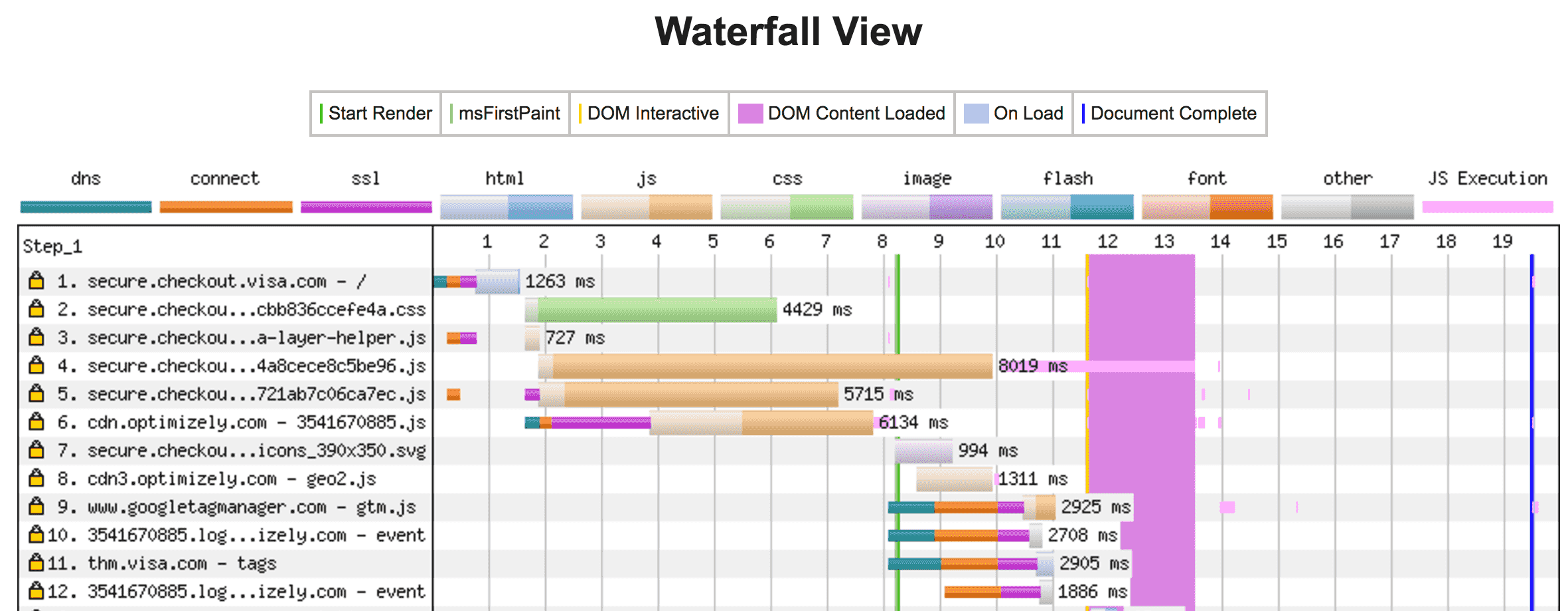
More nodes = more expensive!
| Wide / Desktop | Narrow / Mobile | |
|---|---|---|
| Requests | 77 | 123 |
| Assets | 3752kB | 3344kB |
| Load | 10.62s | 34.10s |
| DOMContentLoaded | 9.74s | 30.94s |
| desktop stats | mobile stats |

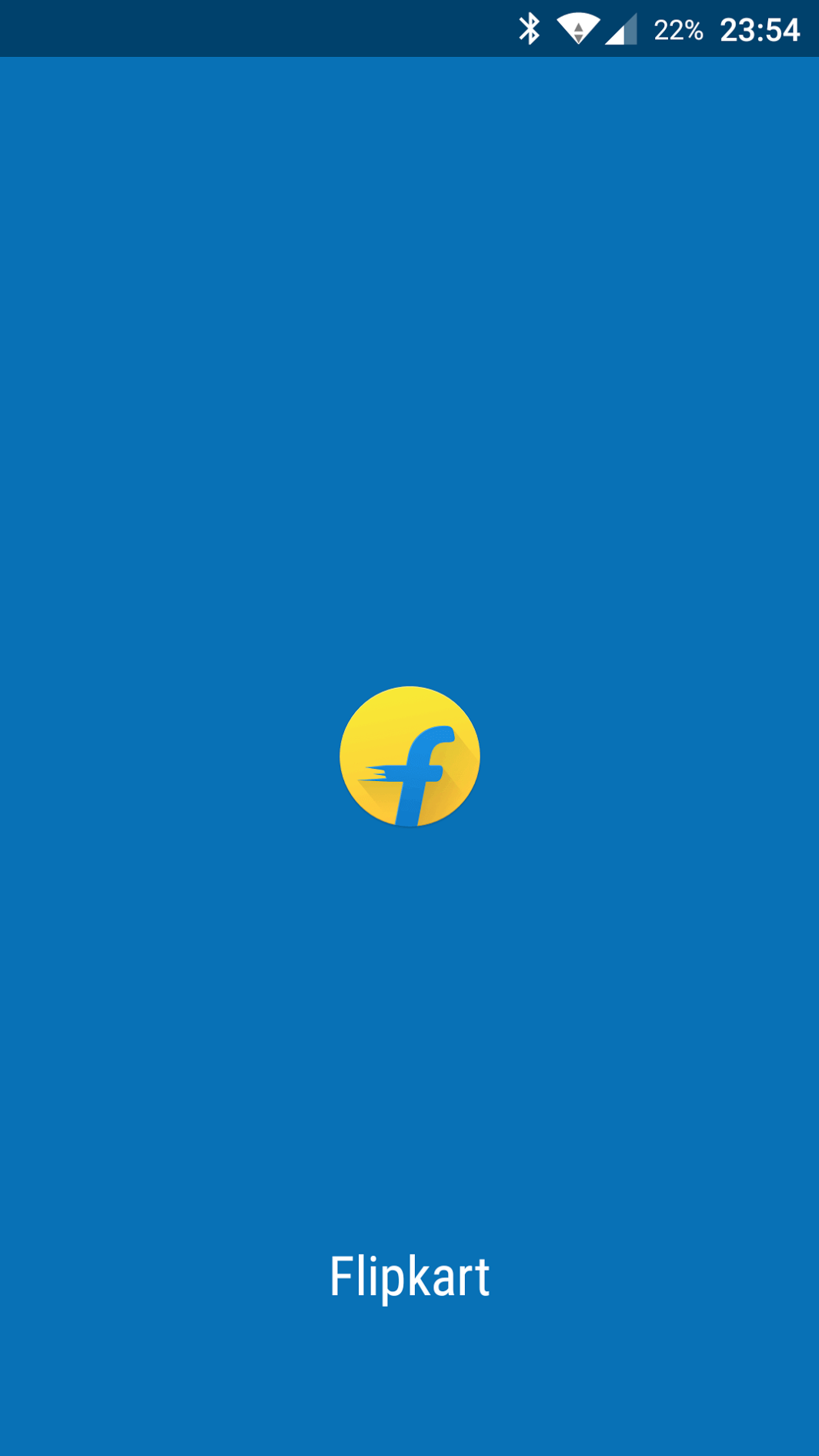

So, here's the deal:
— failed meme (@SwiftOnSecurity) March 29, 2017
Browsers made a decision to refuse to enable any new advanced speed features, moving forward, for unencrypted websites.
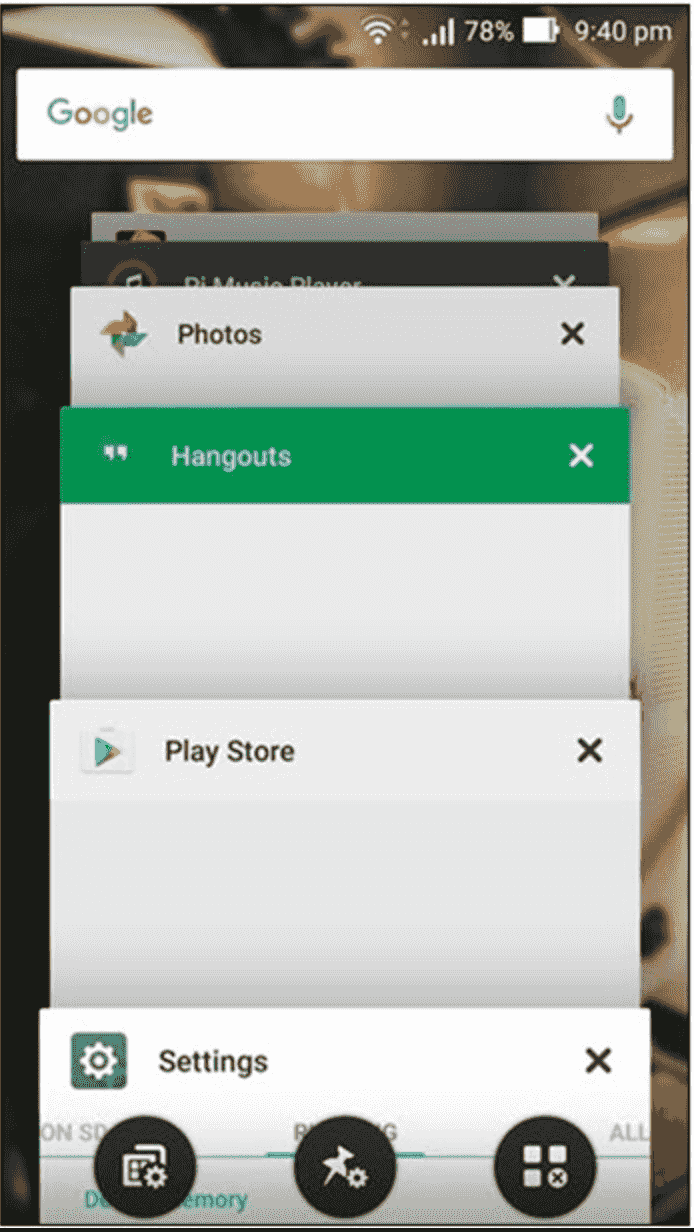
Test during development
Set a budget before you start
instartlogic.github.io/p/mobileperf
Twitter:
@webdevtips
@estellevw
@standardista
Blog:
www.standardista.com
Github:
github.com/estelle





